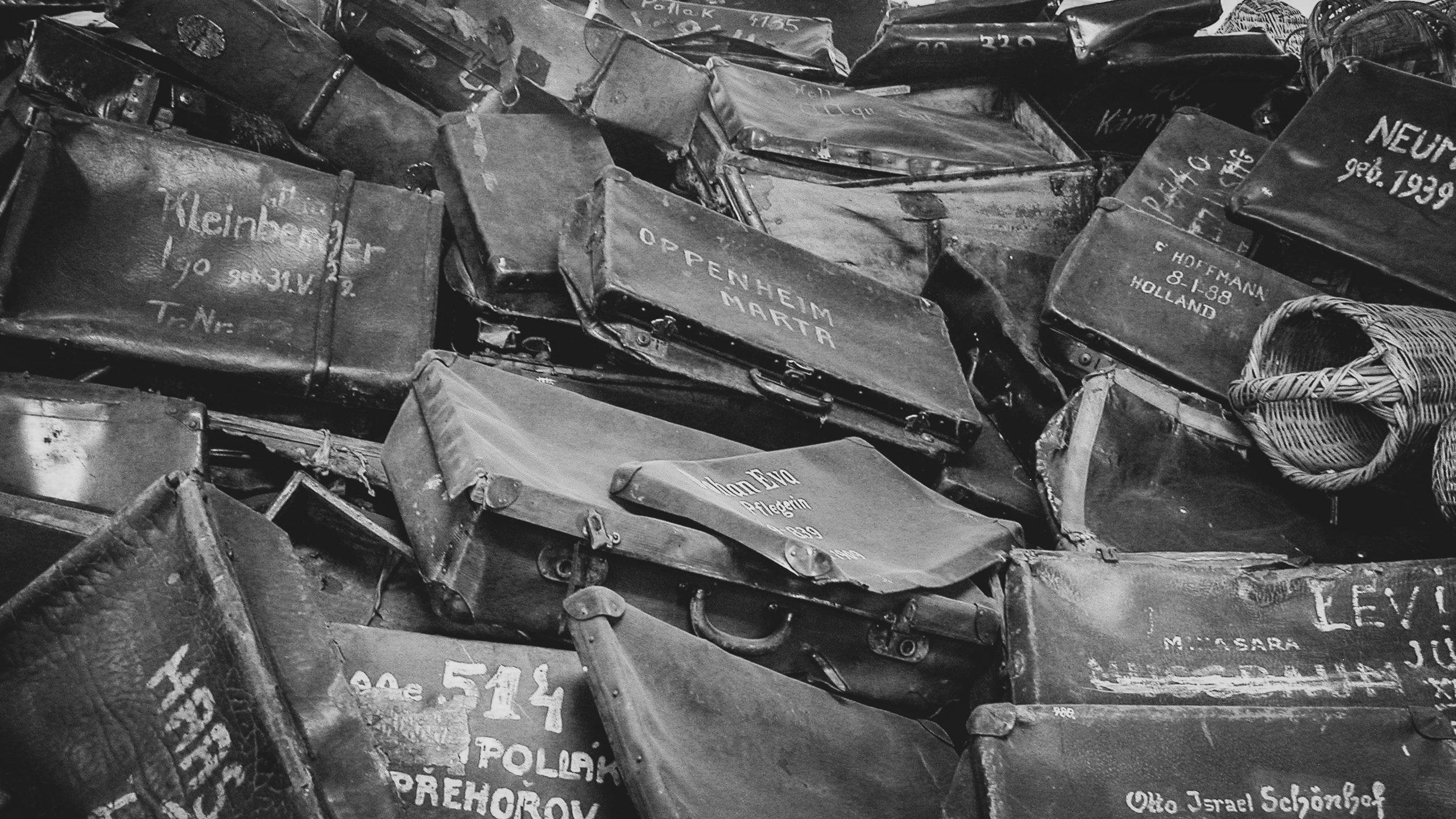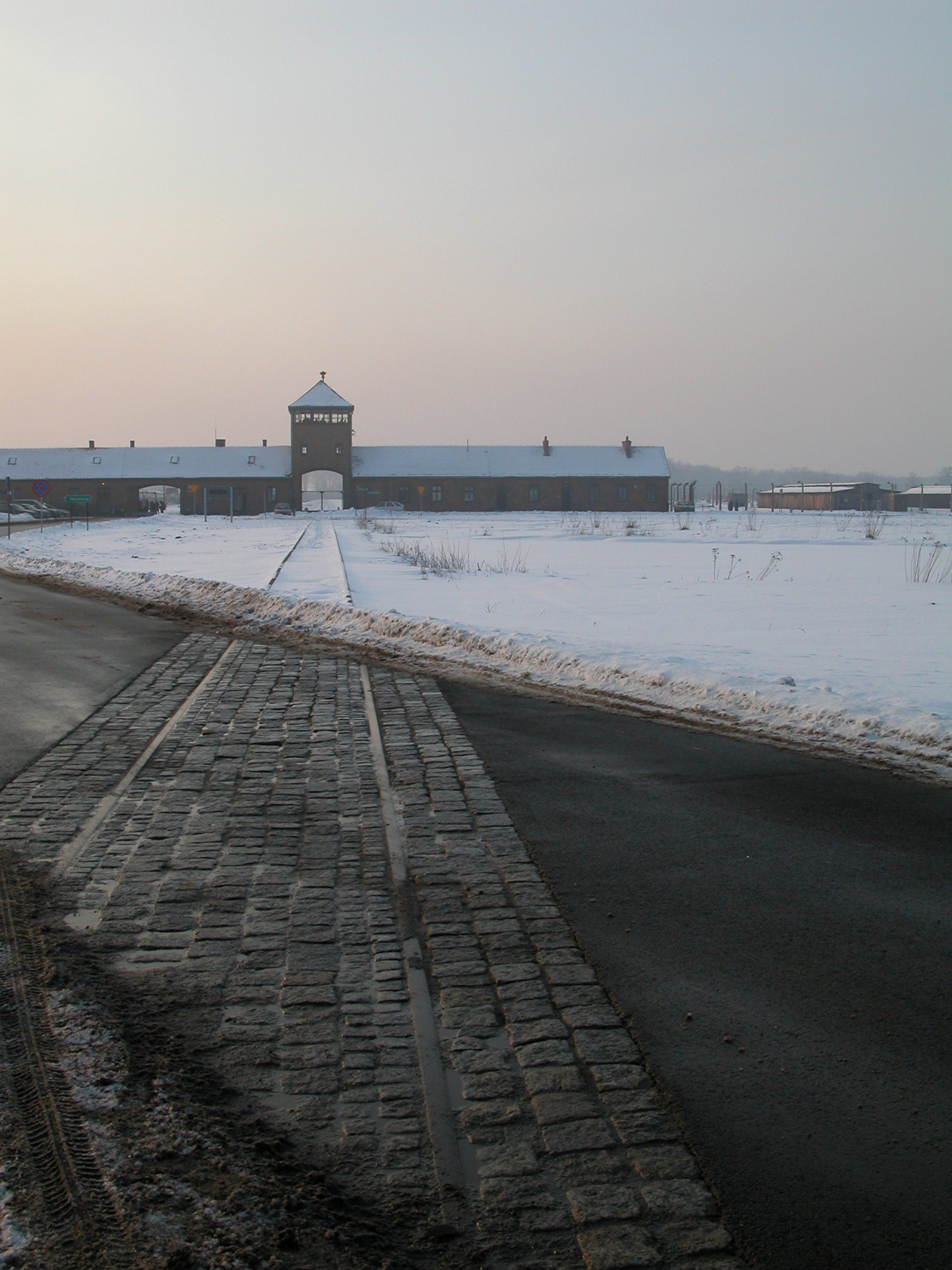This is one of Europe’s largest necropolises, and luckily in misfortune, one of the most visited tragic reminders of World War II by tourists. Today, the post-German death factory has become a tourist spot – paradoxically an exceptionally interesting one, to which death and its evil fame are drawn. Although today crowds of tourists come to Oświęcim, often not understanding the message of the camp, the history of Auschwitz is an unfathomable story about the bestial behavior of the SS men, the martyrdom and heroism of the prisoners.

What is the story behind it?
After the September campaign, Polish territory found itself under brutal occupation by Germany and the Soviet Union. Millions of Poles were forced to live in constant fear, in a place where another surviving day was a success. A number of factors contributed to this, the most important of which was the terror that the new invaders brought to the occupied lands. They quickly began working to effectively exploit the mass of the enslaved population. As early as the end of 1939, plans were made to build a concentration camp in Oświęcim, where barracks for Wehrmacht soldiers were located at the time.
Development of the Auschwitz camp
Heinrich Himmler, who hoped to use the prisoners as slave labour. Within a few years, a number of camp branches were established in Monowice, Jaworzno, Świętochłowice, and Wesoła. In the autumn of 1943, the camp was divided into three parts. SS-Obersturmbannführer Arthur Liebenschel took over Höss’s position on November 11. He designated the three parts of Auschwitz, remaining in charge of Auschwitz I in Oświęcim and at the same time superior to the other commandants. Auschwitz II was the Birkenau branch, with SS-Sturmbannführer Fritz Hartjenstein as its commandant. A conglomerate of ten camps was considered Auschwitz III: Monowice, Jaworzno, Jawiszowice, Świętochłowice, Łagisza, Wesoła, Goleszów, Libiąż, Sosnowiec, and Brno.
In February 1944, the total number of prisoners in the camps was 73669. Six months later, in August, the number of prisoners exceeded 150 thousand. The unprecedented growth, coupled with the ever-increasing number of prisoners killed each day, was connected with the growing efforts of the Reich on various fronts in World War II. Of course, this was in strict accord with the Germans’ criminal plans for mass extermination.
Methods of killing prisoners at Auschwitz
They became famous throughout the world as a result of the International Military Tribunal in Nuremberg. Unfortunately, even in this case, the data that was published was not sufficient. What seems today to be unimaginable barbarism was natural in the sad everyday reality of war. Quick sentences without a trial, executions and immediate liquidation with simultaneous obliteration of all traces of the crime – this was the extermination policy of Adolf Hitler, carried out by the hands of his conscientious subordinates. As we have already mentioned, Auschwitz is one large cemetery, which terrifies the enormity of the crimes, showing the cruelty of the torturers who decided about the life and death of innocent prisoners of the German concentration camp.
Among the many reasons that caused the deaths of the majority of prisoners in the Auschwitz complex, the first place should be given to all kinds of diseases, often caused by the spartan conditions of everyday life, and the lack of food necessary for survival, especially during the exhausting work. Hunger was the result of extremely small food rations prisoners’ bodies reacted immediately to a reduction in their caloric intake. Any reserves stored in the body were used up first, followed by a natural reduction in body mass, which provided a source of reserve energy for the individual. This was followed by a weakening of the body, and consequently increased susceptibility to all sorts of diseases and led to death. A real scourge among the prisoners was severe infectious diseases. The most widespread was typhus, whose epidemic broke out in 1941 and lasted until 1944, causing the deaths of up to thousands of people per month. Crammed into small spaces with poor sanitary conditions, the prisoners were susceptible to further infections. As an additional way of exhausting the prisoners, they were ordered to work extremely hard, which caused extreme exhaustion of the body. This, combined with cruel psychological abuse, led to a rapid increase in deaths among the workers.
Nor did the remnants of the extermination machine disappear, becoming significant evidence of the bestial occupation of Poland by the German people. On the one hand, it is better, because now people can see and imagine how cruel life was. After the war, in order to document the enormity of the Germans’ crimes, an incredible museum was created on the grounds of the Auschwitz-Birkenau camp. It has become a worldwide symbol of the martyrdom of the multinational community, exterminated by the perpetrators usurping their rights because of their origin. The total number of victims is not exactly known and has aroused much controversy over the years. According to the latest research, it is estimated at 1.1 million people.

Living history
More than seventy years after the end of World War II, there are few living witnesses of those tragic events. For years, Auschwitz prisoners have been living monuments to history, reminding us of one of the greatest tragedies in the history of humanity. Thanks to the meetings organized, it was possible to learn from them. To this day, it is difficult to understand how a seemingly civilized nation could participate in such atrocities, denying the idea of humanity. The history of Auschwitz Museum is horrifying, but at the same time, it is a warning to future generations so that similar tragedies do not happen in the future and human sacrifices are not mercilessly wasted.